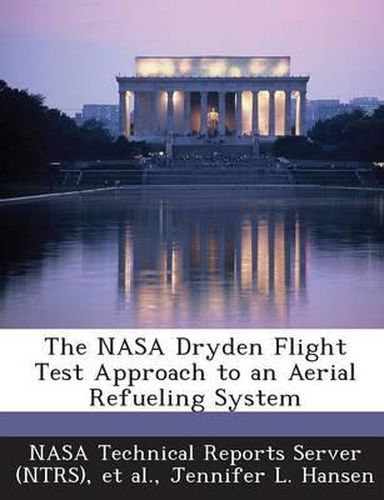Readings Newsletter
Become a Readings Member to make your shopping experience even easier.
Sign in or sign up for free!
You’re not far away from qualifying for FREE standard shipping within Australia
You’ve qualified for FREE standard shipping within Australia
The cart is loading…






The integration of uninhabited aerial vehicles (UAVs) into controlled airspace has generated a new era of autonomous technologies and challenges. Autonomous aerial refueling would enable UAVs to travel further distances and loiter for extended periods over time-critical targets. The NASA Dryden Flight Research Center recently has completed a flight research project directed at developing a dynamic hose and drogue system model to support the development of an automated aerial refueling system. A systematic dynamic model of the hose and drogue system would include the effects of various influences on the system, such as flight condition, hose and drogue type, tanker type and weight, receiver type, and tanker and receiver maneuvering. Using two NASA F/A-18 aircraft and a conventional hose and drogue aerial refueling store from the Navy, NASA has obtained flight research data that document the response of the hose and drogue system to these effects. Preliminary results, salient trends, and important lessons are presented.
$9.00 standard shipping within Australia
FREE standard shipping within Australia for orders over $100.00
Express & International shipping calculated at checkout
The integration of uninhabited aerial vehicles (UAVs) into controlled airspace has generated a new era of autonomous technologies and challenges. Autonomous aerial refueling would enable UAVs to travel further distances and loiter for extended periods over time-critical targets. The NASA Dryden Flight Research Center recently has completed a flight research project directed at developing a dynamic hose and drogue system model to support the development of an automated aerial refueling system. A systematic dynamic model of the hose and drogue system would include the effects of various influences on the system, such as flight condition, hose and drogue type, tanker type and weight, receiver type, and tanker and receiver maneuvering. Using two NASA F/A-18 aircraft and a conventional hose and drogue aerial refueling store from the Navy, NASA has obtained flight research data that document the response of the hose and drogue system to these effects. Preliminary results, salient trends, and important lessons are presented.